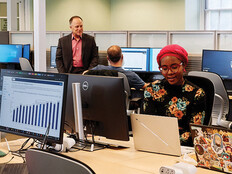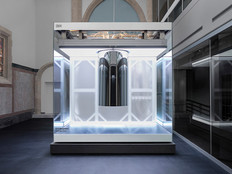Higher Education Technology Promotes Meaningful Connections
Once any technological advance achieves mainstream adoption, we inevitably grow accustomed to the powers that once impressed us. Imagine early users of the landline telephone, marveling that they could now hear the voice of a friend who was miles away.
It takes a lot more to amaze us now (virtual reality still has a wow factor, but that won’t last forever). This shift is natural, but it also makes it easy for us to take these capabilities for granted.
SIGN UP: Get more news from the EdTech newsletter in your inbox every two weeks!
Education Technology Has Come A Long Way
I hope we’ll continue to appreciate technology’s unique ability to connect us. In higher education, we often laud solutions that render physical distance irrelevant and make it easy to collaborate.
We may be used to working this way, beaming remote experts into classrooms and working with far-flung peers, but that doesn’t diminish its impact. Distance-learning programs, for example, give learners in remote parts of the country access to the same educational opportunities as city dwellers.
This is a remarkable step toward digital equity, which some leaders have called the civil rights issue of our day.
Digital connectivity, both literal and figurative, need not be dramatic to be meaningful. At Case Western Reserve University, interactive whiteboards bring community members together to work, learn and collaborate. They facilitate two-way communication and content sharing in the classroom, and they increase engagement among staff members, who can now participate in important discussions even when they must be off campus.
Indiana University also saw potential in making powerful technologies more accessible. Its large-scale video walls (16 of them and counting) do serve sophisticated functions, such as advanced visualizations for researchers, but the university was purposeful in placing these massive screens in campus locations where students could use them too. That opens up opportunities to create new uses, such as visual art displays, and to strengthen social bonds: students gathering around the giant screens to watch a varsity soccer game, for example.
These days, technology brings people together so often, and in so many ways, that it has become simply the way we do things. It’s exciting to see institutions continue to experiment and explore new territories. As they do, let’s retain some of that early sense of amazement and appreciation.









